Opening act: Studio Seilern breaks ground on Berkshire performing arts centre
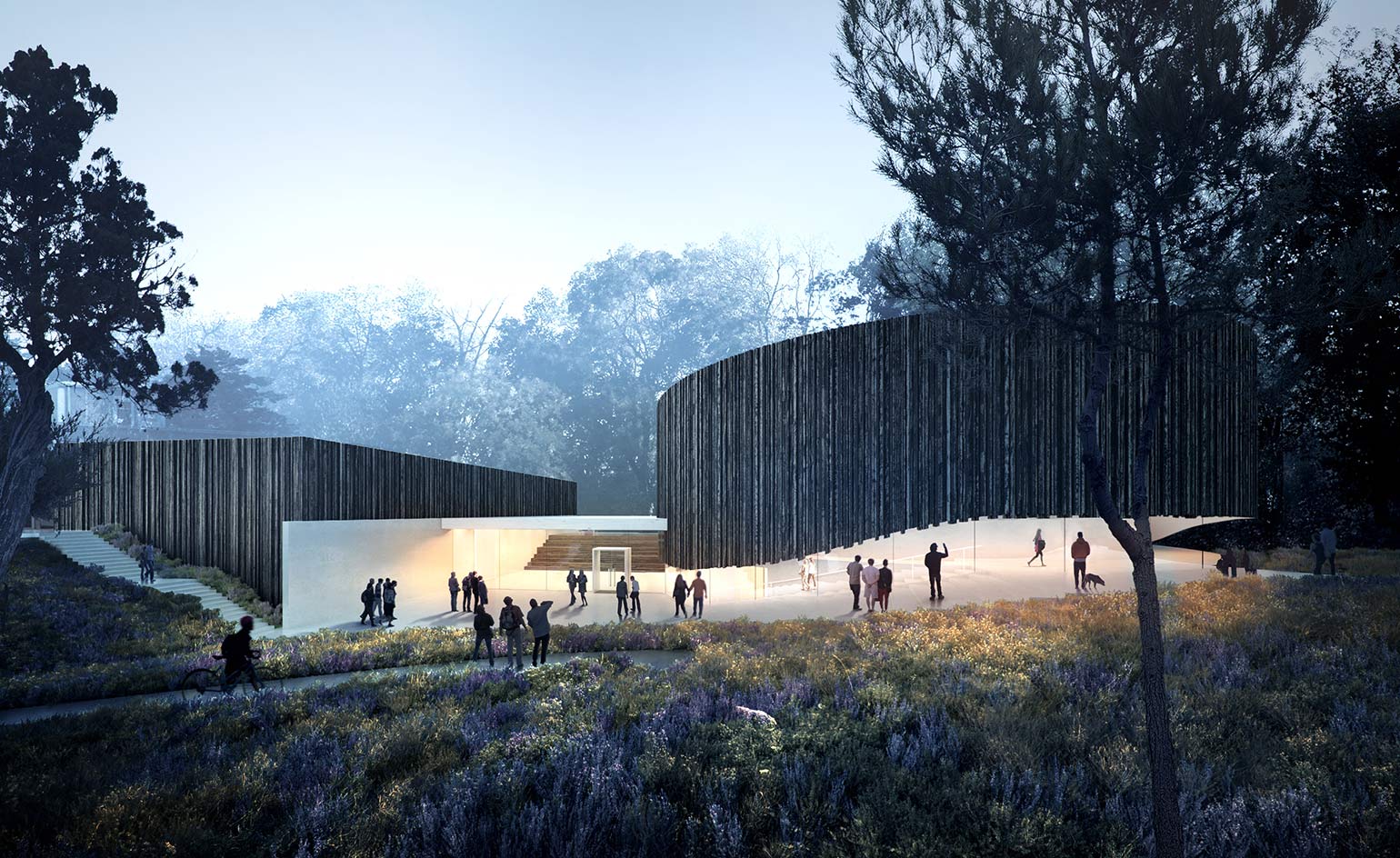
Construction has begun for a performing arts centre designed by Studio Seilern Architects (SSA) at Wellington College in Berkshire, England. Expected to open in September 2017, the 1400-seat performance space and multi-disciplinary foyer will be built as an extension to the existing theatre building.
The co-educational private school required space for its weekly assemblies and general performances. SSA proposed a circular auditorium with tiered balcony seating and a parterre level, which will spread the audience around the stage providing the required capacity, yet also a sense of intimacy for smaller audiences.
Acoustics were carefully considered due to the circular shape of the auditorium. The concave geometric shape of the perimeter wall and lacquered plywood reflectors help to spread sound evenly, while also serving as design features within the otherwise red-hued auditorium.
The design, which won the World Architecture Festival’s Future Educational Project award last year, appears to float in its sylvan surroundings and is a short walk from the main school campus. The architects created a sense of lightness that belies its 2,580 sq m size by burying half of the structure into the land.
The soft, dusky colour of the wood cladding is a product of charring, using a Japanese method known as shou sugi ban, or the ‘burnt cedar effect’, which provides a natural surface treatment. The colour combined with the vertical paneling blend with the backdrop of the forest.
Clever use of glass allows an appreciation of the outdoor environment from inside the structure. Audiences accessing the balcony seats from the parterre level will traverse a walkway with an external soaring glass wall, opening up to views of the landscape outside.
The architects designed a glass foyer between the auditorium and the existing building, providing a further informal space for exhibitions and talks. Come this time next year, the Wellington College Performing Arts Centre will transform the site into a new creative complex for Wellington College.
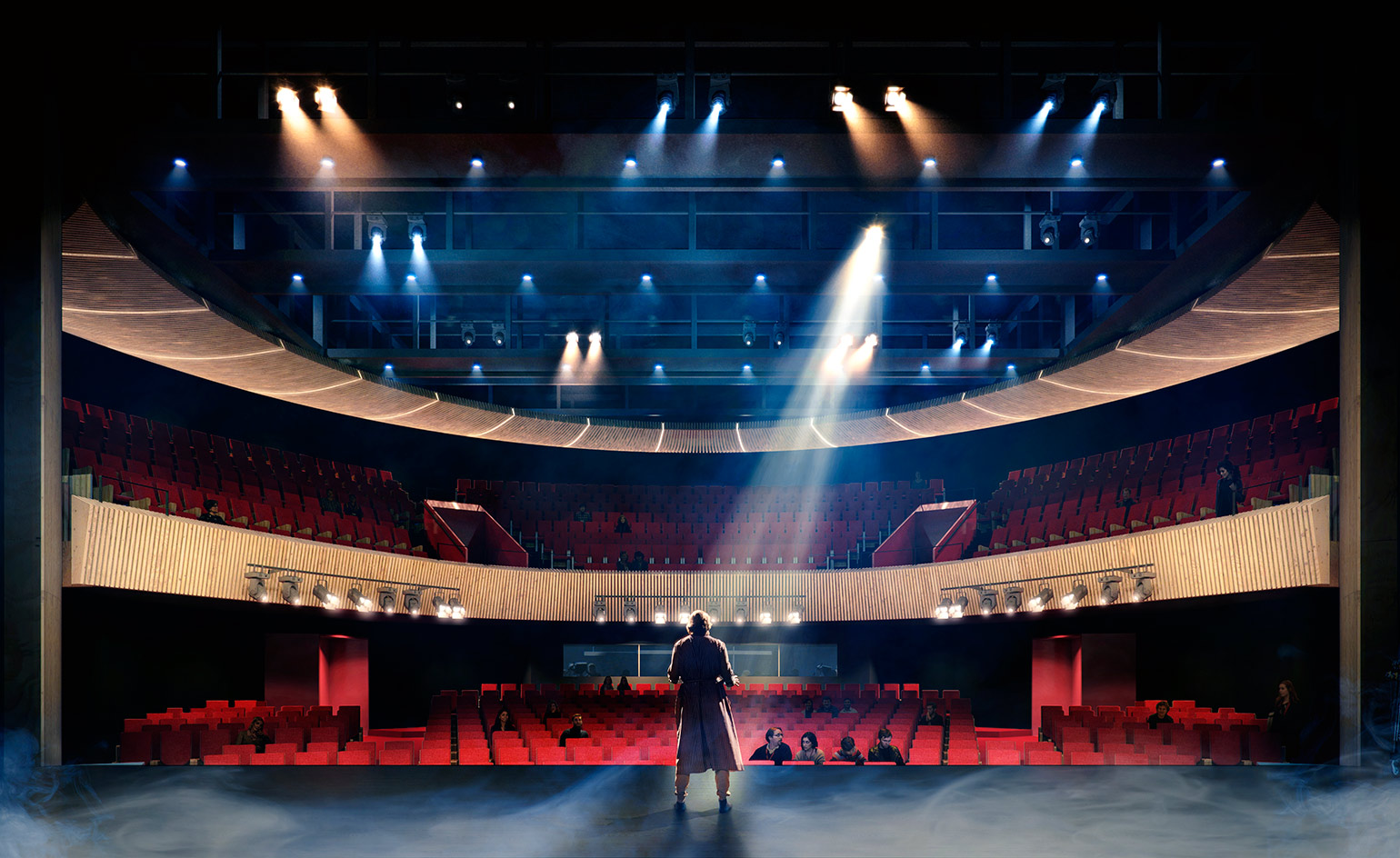
The auditorium is designed to seat 1400 people, yet the circular structure also allows smaller audiences to feel a sense of intimacy
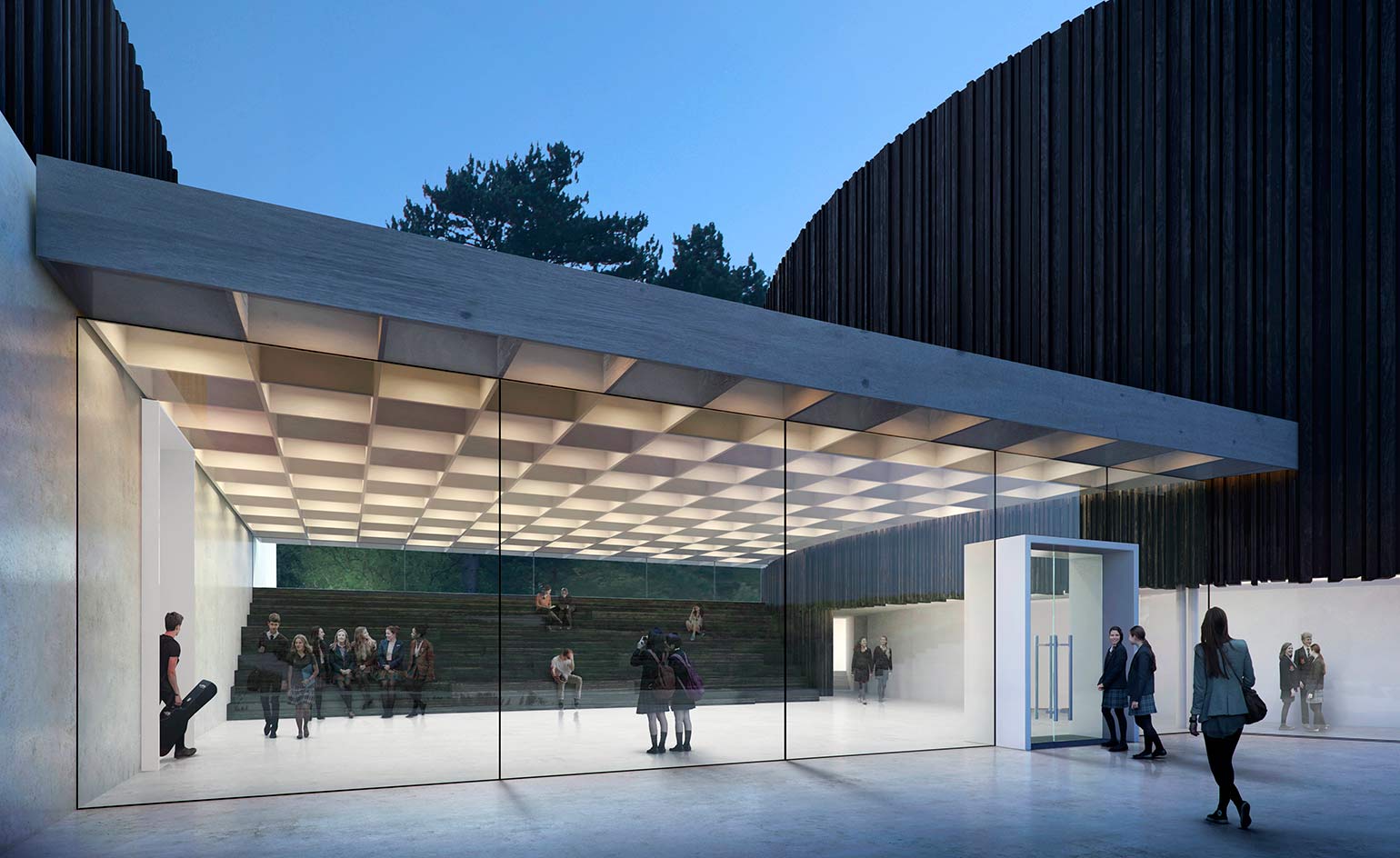
The glass foyer features a stepped seating area encouraging students to socialise and interact
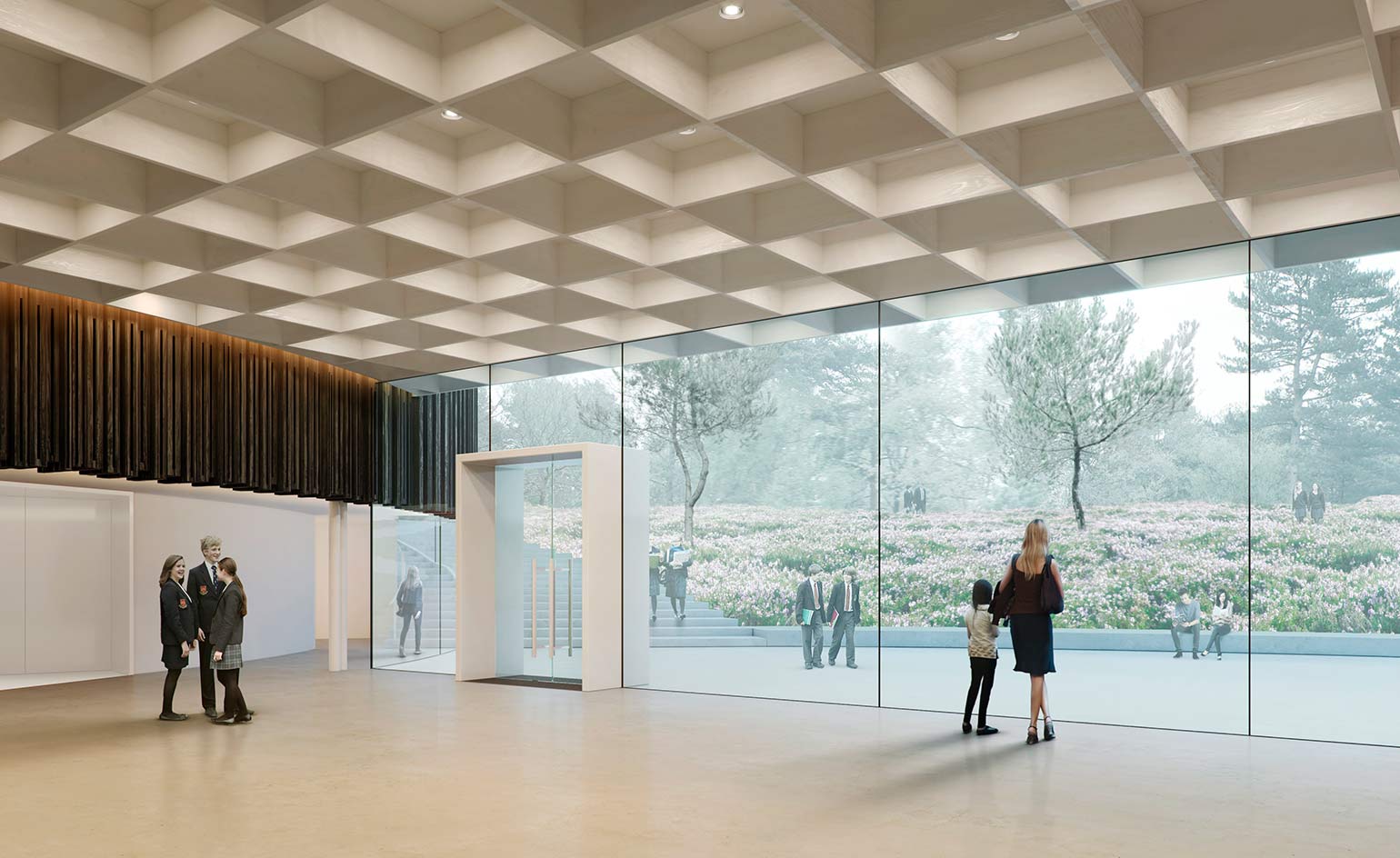
Windows look out into the green surroundings, where abstract paths and social areas have been landscaped into the design
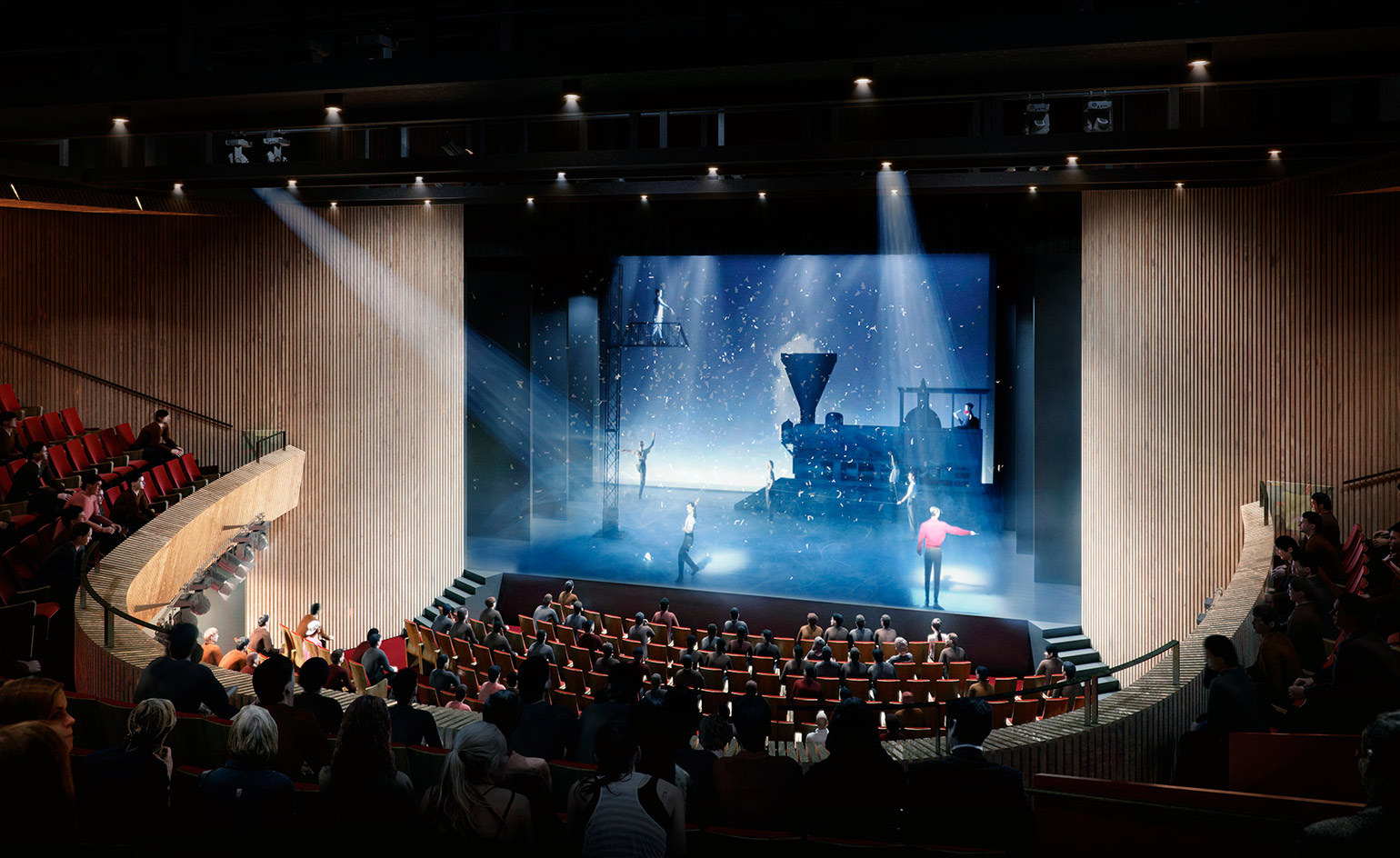
The project won the World Architecture Festival’s Future Educational Project award in 2015
INFORMATION
For more information, visit the Studio Seilern Architects website
Receive our daily digest of inspiration, escapism and design stories from around the world direct to your inbox.
Harriet Thorpe is a writer, journalist and editor covering architecture, design and culture, with particular interest in sustainability, 20th-century architecture and community. After studying History of Art at the School of Oriental and African Studies (SOAS) and Journalism at City University in London, she developed her interest in architecture working at Wallpaper* magazine and today contributes to Wallpaper*, The World of Interiors and Icon magazine, amongst other titles. She is author of The Sustainable City (2022, Hoxton Mini Press), a book about sustainable architecture in London, and the Modern Cambridge Map (2023, Blue Crow Media), a map of 20th-century architecture in Cambridge, the city where she grew up.
-
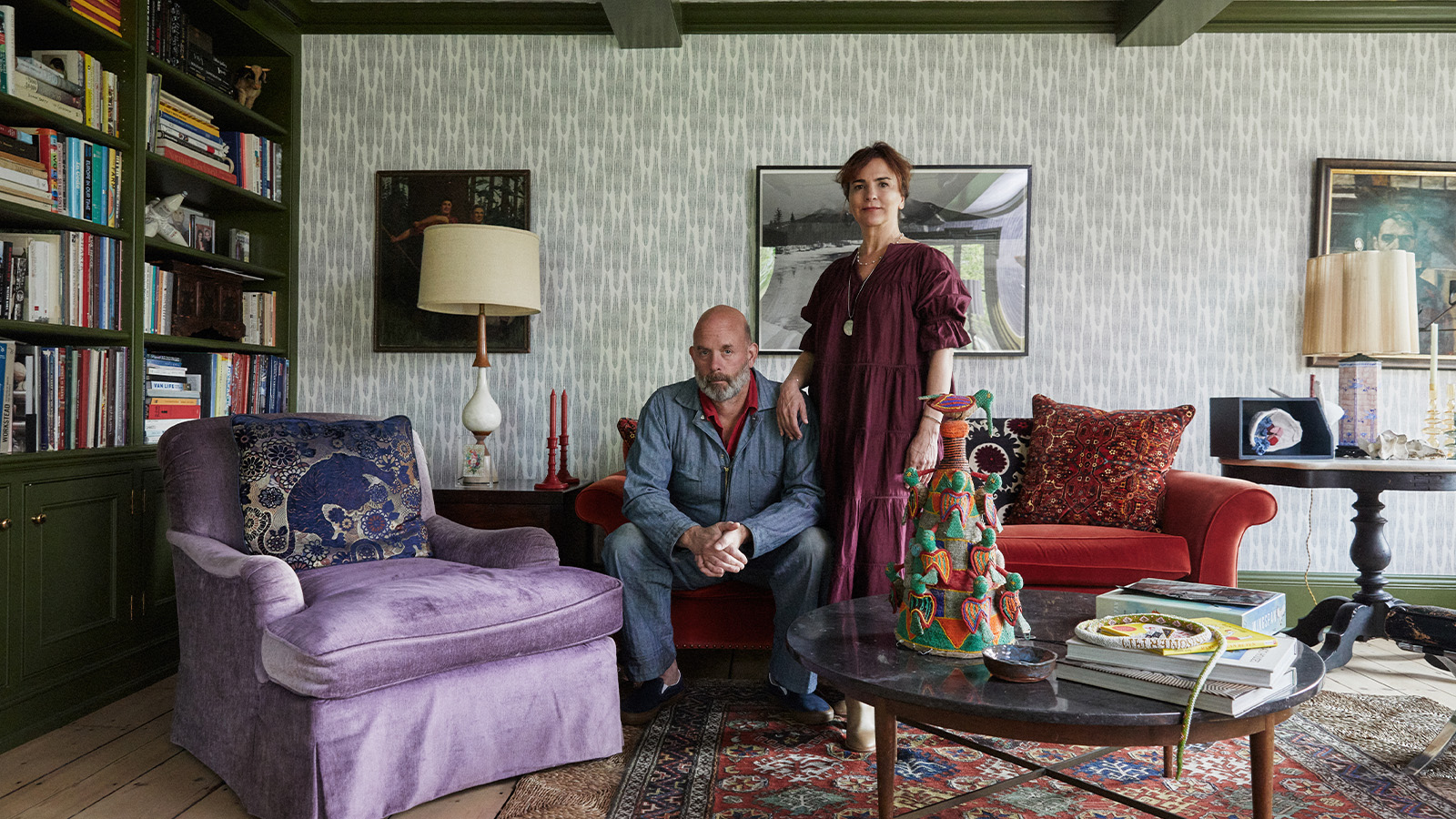 How We Host: Interior designer Heide Hendricks shows us how to throw the ultimate farmhouse fête
How We Host: Interior designer Heide Hendricks shows us how to throw the ultimate farmhouse fêteThe designer, one half of the American design firm Hendricks Churchill, delves into the art of entertaining – from pasta to playlists
-
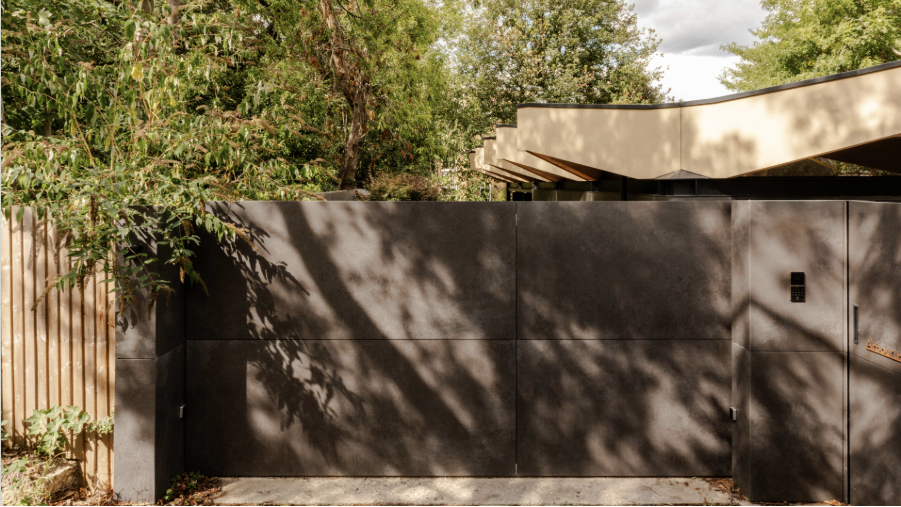 Arbour House is a north London home that lies low but punches high
Arbour House is a north London home that lies low but punches highArbour House by Andrei Saltykov is a low-lying Crouch End home with a striking roof structure that sets it apart
-
 25 of the best beauty launches of 2025, from transformative skincare to offbeat scents
25 of the best beauty launches of 2025, from transformative skincare to offbeat scentsWallpaper* beauty editor Mary Cleary selects her beauty highlights of the year, spanning skincare, fragrance, hair and body care, make-up and wellness
-
 Arbour House is a north London home that lies low but punches high
Arbour House is a north London home that lies low but punches highArbour House by Andrei Saltykov is a low-lying Crouch End home with a striking roof structure that sets it apart
-
 A former agricultural building is transformed into a minimal rural home by Bindloss Dawes
A former agricultural building is transformed into a minimal rural home by Bindloss DawesZero-carbon design meets adaptive re-use in the Tractor Shed, a stripped-back house in a country village by Somerset architects Bindloss Dawes
-
 RIBA House of the Year 2025 is a ‘rare mixture of sensitivity and boldness’
RIBA House of the Year 2025 is a ‘rare mixture of sensitivity and boldness’Topping the list of seven shortlisted homes, Izat Arundell’s Hebridean self-build – named Caochan na Creige – is announced as the RIBA House of the Year 2025
-
 In addition to brutalist buildings, Alison Smithson designed some of the most creative Christmas cards we've seen
In addition to brutalist buildings, Alison Smithson designed some of the most creative Christmas cards we've seenThe architect’s collection of season’s greetings is on show at the Roca London Gallery, just in time for the holidays
-
 In South Wales, a remote coastal farmhouse flaunts its modern revamp, primed for hosting
In South Wales, a remote coastal farmhouse flaunts its modern revamp, primed for hostingA farmhouse perched on the Gower Peninsula, Delfyd Farm reveals its ground-floor refresh by architecture studio Rural Office, which created a cosy home with breathtaking views
-
 A revived public space in Aberdeen is named Scotland’s building of the year
A revived public space in Aberdeen is named Scotland’s building of the yearAberdeen's Union Terrace Gardens by Stallan-Brand Architecture + Design and LDA Design wins the 2025 Andrew Doolan Best Building in Scotland Award
-
 A refreshed 1950s apartment in East London allows for moments of discovery
A refreshed 1950s apartment in East London allows for moments of discoveryWith this 1950s apartment redesign, London-based architects Studio Naama wanted to create a residence which reflects the fun and individual nature of the clients
-
 In this Cotswolds home, drama meets minimalism
In this Cotswolds home, drama meets minimalismCotswolds home Hiaven house, with interiors designed by McLaren Excell, is a perfect blend of contemporary chic and calm, countryside drama